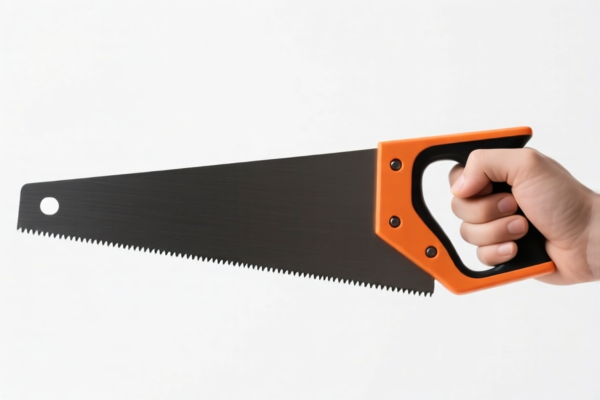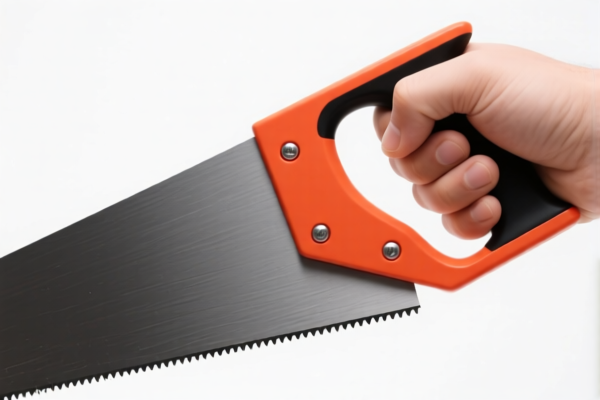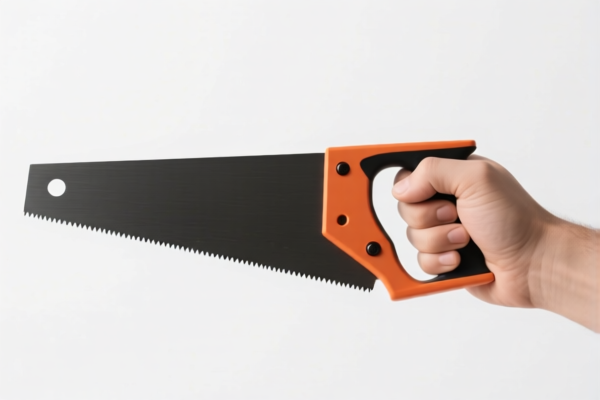| HS Code | Official Doc | Tariff Rate | Origin | Destination | Effective Date |
|---|---|---|---|---|---|
| 8202990000 | Doc | 55.0% | CN | US | 2025-05-12 |
| 8206000000 | Doc | The rate of duty applicable to that article in the set subject t+30.0% | CN | US | 2025-05-12 |
| 8211929030 | Doc | 0.4¢ each + 6.1%+37.5% | CN | US | 2025-05-12 |
| 8211922000 | Doc | 0.8¢ each + 4.6%+37.5% | CN | US | 2025-05-12 |
| 8208300060 | Doc | 55.0% | CN | US | 2025-05-12 |
| 8301600000 | Doc | 40.3% | CN | US | 2025-05-12 |
| 8307103000 | Doc | 58.8% | CN | US | 2025-05-12 |
| 8307106000 | Doc | 58.8% | CN | US | 2025-05-12 |
| 3926903000 | Doc | 59.2% | CN | US | 2025-05-12 |
| 3926909989 | Doc | 42.8% | CN | US | 2025-05-12 |
| 3916100000 | Doc | 60.8% | CN | US | 2025-05-12 |
| 3916903000 | Doc | 61.5% | CN | US | 2025-05-12 |




Bread Saws
Bread saws are specialized cutting tools designed for slicing bread, particularly crusty loaves, with minimal compression and crumbling. They differ significantly from typical kitchen knives in both blade design and intended use.
Material
- Blade: Typically constructed from high-carbon steel for durability and sharpness. Some higher-end models utilize stainless steel alloys for improved corrosion resistance.
- Handle: Commonly made from wood (often beech or similar hardwoods), plastic, or composite materials. Ergonomic designs are frequent to provide a secure and comfortable grip.
Purpose
The primary purpose of a bread saw is to cleanly slice through bread without crushing the soft interior. This results in even slices with less tearing and a more aesthetically pleasing presentation. They are particularly useful for breads with hard crusts and irregular crumb structures.
Function
Bread saws function through a combination of blade geometry and a sawing motion. Unlike a typical knife which relies on a downward chopping force, a bread saw utilizes a back-and-forth motion to gradually cut through the bread.
- Aggressive Serrations: The defining characteristic of a bread saw is its large, unevenly spaced serrations. These serrations act like miniature teeth, biting into the crust and progressively cutting through the loaf.
- Offset Blade: Many bread saws feature an offset blade, which allows for a more natural rocking motion and greater control during slicing.
- Blade Length: Longer blades (typically 8-10 inches) are better suited for larger loaves, while shorter blades are more manageable for smaller breads.
Usage Scenarios
- Artisan Breads: Ideal for slicing crusty sourdough, baguettes, and other artisan loaves.
- Home Baking: Useful for slicing homemade breads with irregular shapes and textures.
- Professional Kitchens: Commonly used in bakeries and restaurants for preparing bread for service.
- Sandwich Preparation: Can be used to create even slices for sandwiches, though a typical serrated knife may suffice for softer breads.
Common Types
- Straight Bread Saws: The most common type, featuring a straight blade with aggressive serrations.
- Offset Bread Saws: Feature a curved blade for a more ergonomic rocking motion. Often preferred by professional bakers.
- Pull Saws: Designed to be pulled through the bread rather than pushed. Some bakers believe this provides greater control.
- Electric Bread Saws: Used in high-volume commercial settings for consistent, high-speed slicing.
Bread saws fall under the category of handsaws, and metal parts thereof; blades for saws of all kinds (including slitting, slotting or toothless saw blades), and base metal parts thereof. Here's a breakdown of relevant HS codes:
- 8202990000: This HS code covers “Other saw blades, and parts thereof: Other (including parts)”. This is a broad category encompassing saw blades not specifically classified elsewhere, including those used for bread.
- 82: Chapter 82 refers to Tools, implements, cutlery, hand tools, and articles of cutlery.
- 02: Heading 02 specifically relates to Handsaws.
- 99: Subheading 99 denotes “Other”, indicating that this code is for handsaws not covered by more specific classifications.
- 00: Further specifies the classification.
- Tax Details: The base tariff is 0.0%, with an additional tariff of 25.0% currently, increasing to 30.0% after April 2, 2025. The total tariff rate is 55.0%.
Regarding HS code 8202990000, please note that the applicable tariff is 55.0% currently, and will increase to 55.0% after April 2, 2025.
Customer Reviews
No reviews yet.